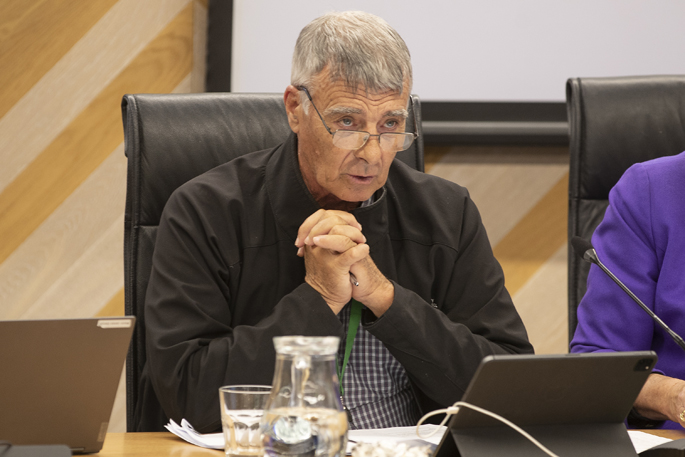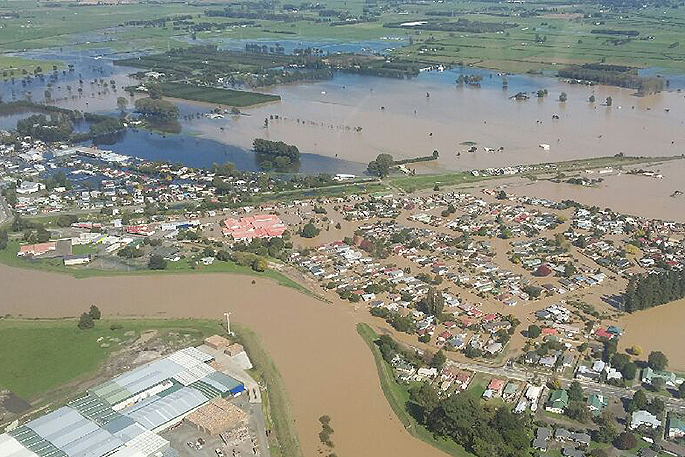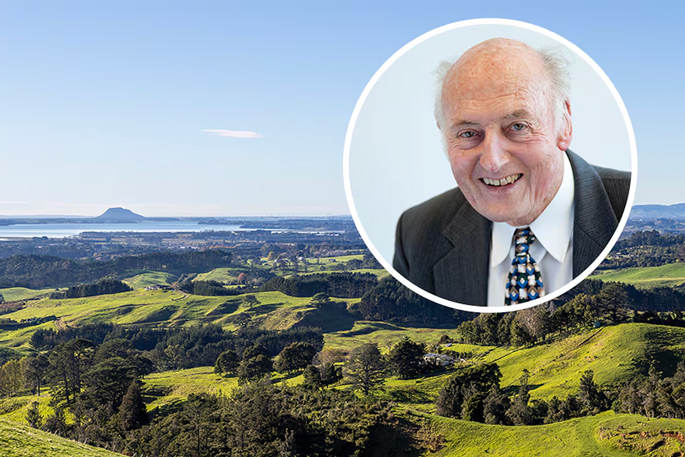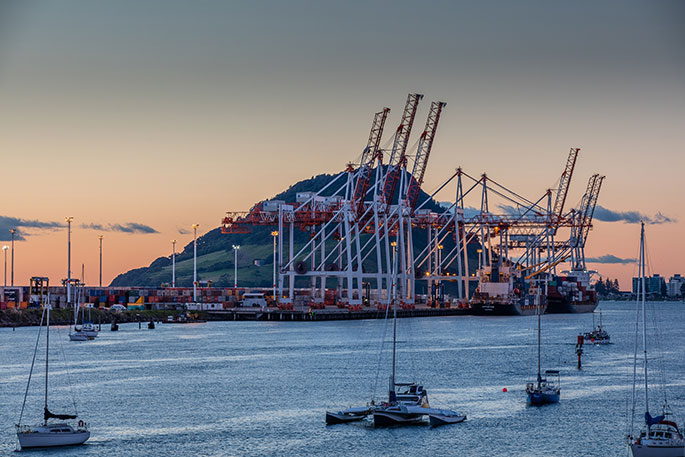The go ahead to enable the process to sell down some shares in the Port of Tauranga, development of a new Regional Park and a green light for an increase in funding for community groups are among key decisions made by Toi Moana Bay of Plenty Regional Council.
The council adopted it Long Term Plan on Wednesday.
The 2024 – 2034 Long Term Plan sets the budget and details the work that will be delivered for the next 10 years.
The development of the Long Term Plan included comprehensive community engagement, with significant interest and input from ratepayers across the region, says a statement released by the Bay of Plenty Regional Council this week.
In adopting the Long Term Plan, Regional Council Chair Doug Leeder says councillors listened to ratepayers’ call to find the right balance between providing essential services, looking ahead, and rates affordability.
“Through careful planning and prioritisation of work we’ve been able to set a 2.9 per cent real rates increase for 2024/25, which equates to 8.2 per cent, once you factor in an allowance for growth and inflation. For the median Bay of Plenty residential property this means paying an extra $13 on general rates compared to last year.
“The current economic climate calls for tough financial decisions to be made throughout the community, and the Regional Council is no exception. Through the budgeting process we uncovered $4.5m in annual operating cost savings and a further $5m in budgeted savings from efficiency initiatives and shared services.”
 Doug Leeder.
Doug Leeder.
Leeder says the rates increase has also been offset by $47m that Council will receive from its investment arm, Quayside Holdings, which averages out to reducing rates by $400 per household.
“While the Quayside dividend continues to serve ratepayers well, it’s important to acknowledge that targeted rate increases, which affect total rates people pay, vary across the region depending on where they live and the services they receive.
“Council manages and maintains nearly $440m worth of flood protection defences, including stopbanks, floodwalls, floodgates and pump stations across five major river and drainage schemes that serve more than 54,500 targeted ratepayers.”
Current work includes building new or upgrading existing flood defences, with a particular focus on the Rangitāiki River area and the Whakatāne township, with completion of the Rangitāiki River Floodway project on track for late 2024.
Once finished, the Floodway and soon-to-be completed Spillway will help divert water from the river during a flood event, reducing the risk on downstream communities, such as Edgecumbe.
 Flooding in Edgecumbe in 20217.
Flooding in Edgecumbe in 20217.
Leeder says good progress is also being made on Project Future Proof, a multi-year project to improve the stopbanks and floodwalls in the Whakatāne CBD.
Further work is also planned in rural areas of the Tarawera River, the lower Kaituna, and around the township of Ōpōtiki.
“While the Regional Council has worked hard to lessen targeted rate increases, input costs such as power, insurance and materials, which are beyond Council’s control, have had a significant impact. These costs have been compounded by high inflation and a tight global supply chain that have driven up labour and material costs.”
Leeder says the Long Term Plan decision to enable a managed sell-down of Quayside’s Port of Tauranga shareholding over time, from its current 54.1 per cent to a minimum 28 per cent, to support a more diversified investment portfolio was not taken lightly.
Before any sale can go ahead, Leeder says the Regional Council still needs to consider and approve details of the process that will be followed, and approve the conditions of any sale of shares.
“Through Quayside, Council has and will continue to remain a significant cornerstone and strategic shareholder in the Port of Tauranga by retaining a minimum shareholding of 28 per cent.”
Other key issues the Regional Council called for feedback on in the draft Long Term Plan were looking into establishing new Regional Parks and funding public transport in urban centres.
Leeder says the generous gifting of 103 hectares of land on Hotsprings Road, Katikati, by the Noble family in May has resulted in Council not needing to undertake all investigations originally planned for a proposed new Regional Park.
 A view from Ian Noble’s rural Katikati property which he hopes to gift to the region. Inset of Ian Noble. Photo / Alex Cairns.
A view from Ian Noble’s rural Katikati property which he hopes to gift to the region. Inset of Ian Noble. Photo / Alex Cairns.
“As a result, a decision has been made to redistribute the initial budget of $450,000, with $250,000 going toward investigations for a Regional Park in Rotorua and $200,000 for Hot Springs Road for capital work to ensure compliance with safety and environmental standards.”
After considering submissions on rates funding for public transport in urban areas, Council confirmed its proposal of 90% coming from targeted rates and 10% from general rates.
“This decision recognises the region-wide benefits of public transport including reduced traffic congestion for all road users, carbon emissions and improved air quality. This is further supported by funding an additional 11 daily dedicated school bus trips serving nine schools.”
More than 14 community organisations will benefit from $1.23m in 2024/25, an increase of $328,500 from 2023/24. In addition, Council provides funding to well over 100 groups each year including environmental care groups, schools, kohanga and community groups for projects that support positive environmental outcomes.
“The work of volunteers is at the heart of the communities across the Bay of Plenty and these funds play a key role in supporting this work,” says Leeder.
“From local, grass roots projects that protect the environment to supporting organisations that provide vital safety and rescue services to locals, this work is fundamental to ensuring the region remains one of the best places in New Zealand to live, work and play.”
Key points
- 2.9% real increase to general rates in 2024/25 (1 July 2024 – 30 June 2025)
- 8.2% general rates increase (including growth and inflation)
- Equates to an extra $13 for a median residential property
- Average targeted rate increase of 17.5% (real) depending on area and services received
- $47m Quayside Holdings dividend which reduces rates by an average $400 per household
- $9.5m savings in operating costs
- $1.23m for community groups
- Approval to enable a managed sell-down of the 54.14% shareholding in Port of Tauranga Limited to a minimum of 28%



1 comment
sell off
Posted on 27-06-2024 16:16 | By GoldCat007
Who said selling our ports is a good idea? Trying to sugar coat it by lowering rates once it's gone what have we got left? The port is an essential infrastructure asset should never ever be sold off .
Leave a Comment
You must be logged in to make a comment.